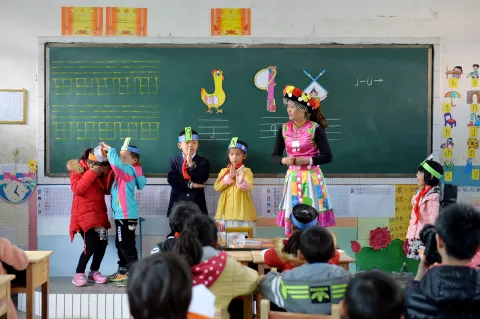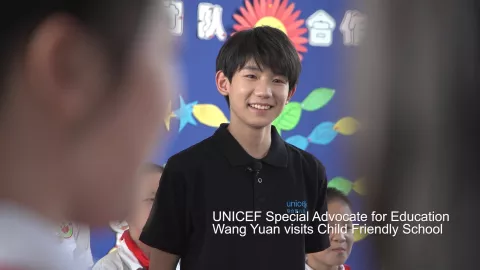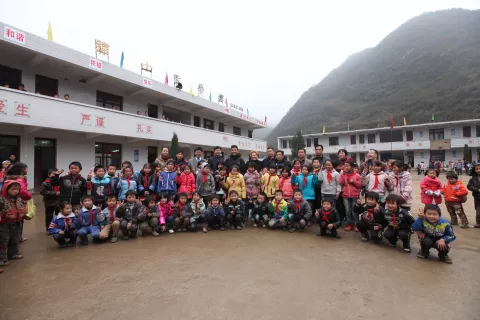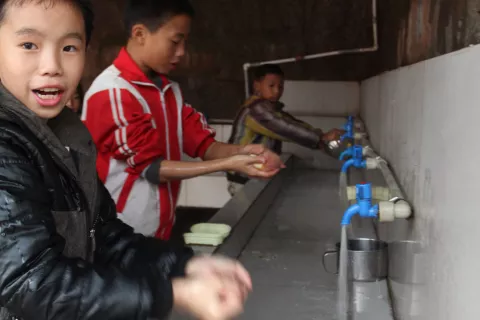China's Child Friendly Schools
Child-friendly Schools
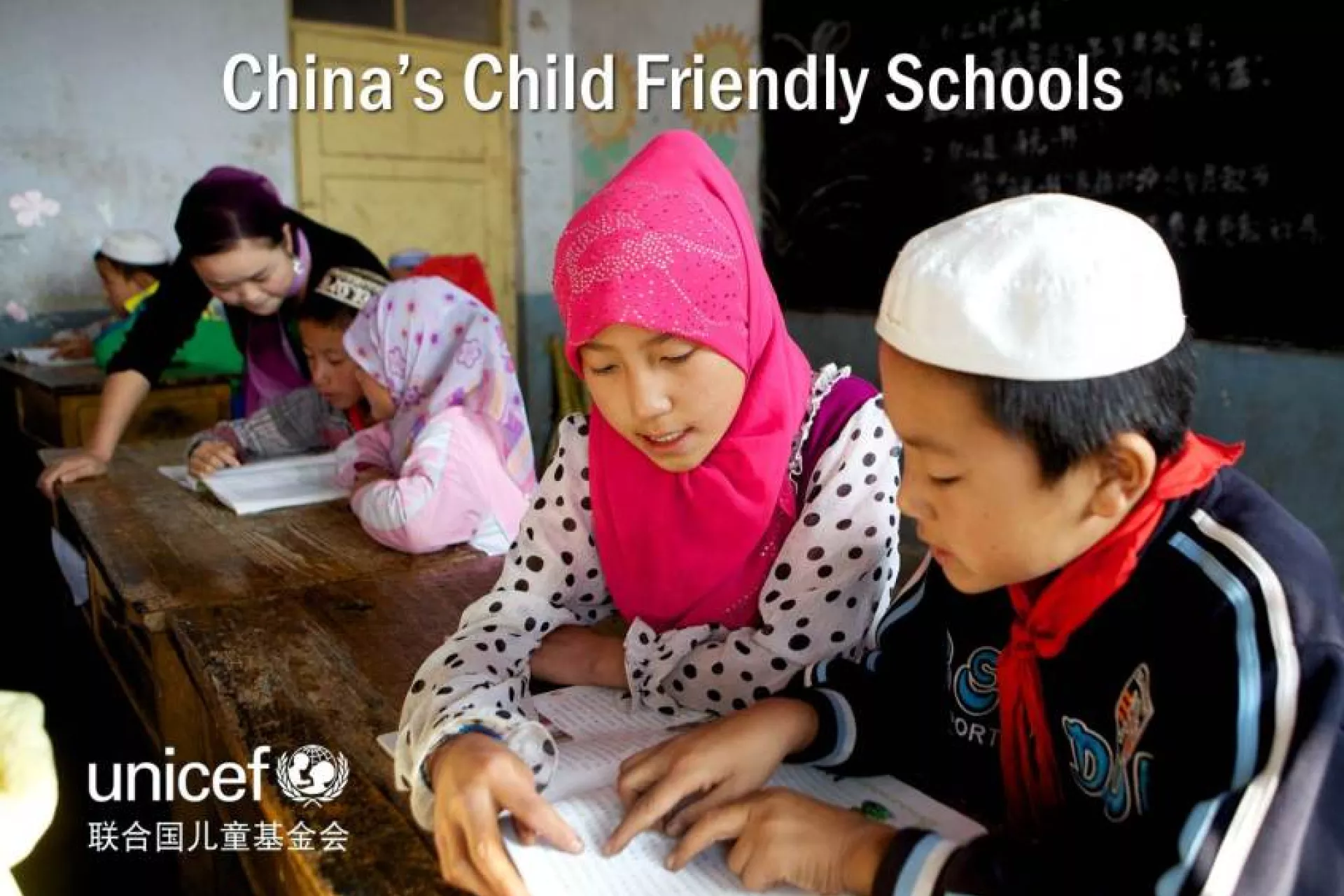
- Available in:
- 中文
- English
After the home, school is the place where children spend most of their time. What kind of experience are children having in schools? Is school only a place to develop the brain, or should it be for the development of the whole child? The “Child Friendly School” is a world-wide movement to improve quality and equity in education by helping schools to focus on the “best interests of children.” UNICEF has been working with the Ministry of Education in China on the Child Friendly School project for more than 10 years. In this time 340,000 children in 1,655 schools in 10 western provinces have participated in the development of this “child first” model of education for China.
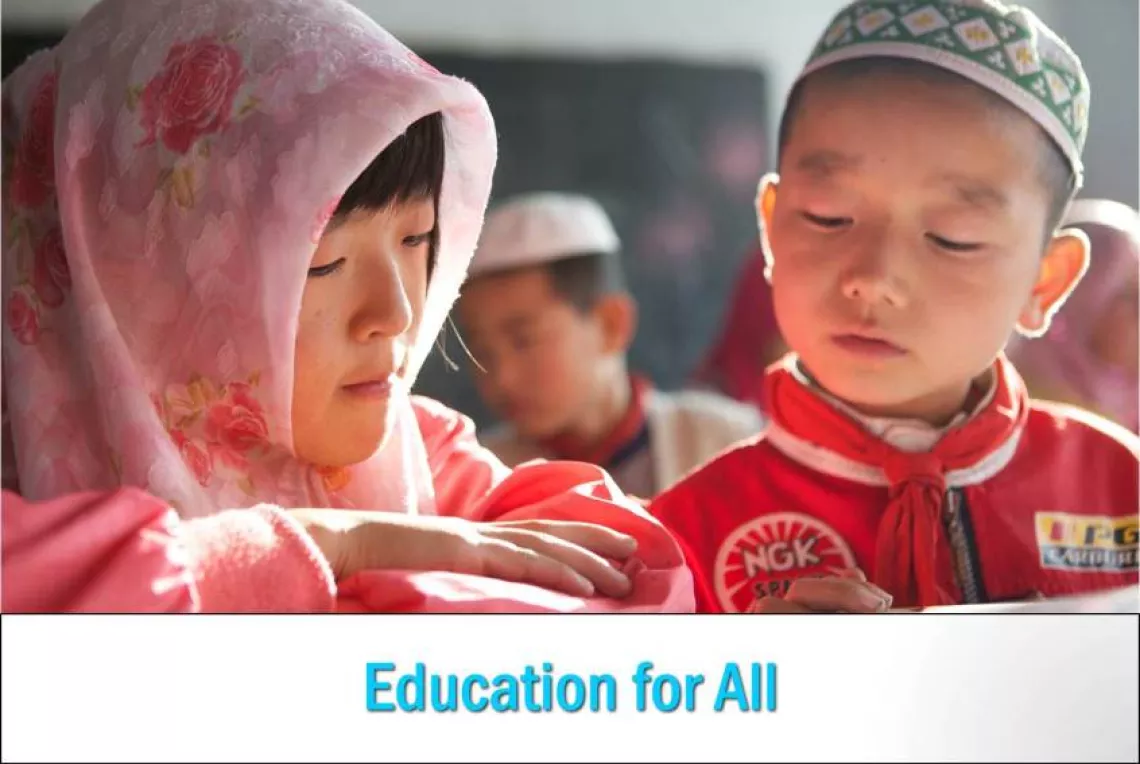
China is very much a part of the global “Education for All” movement, a UN led effort to make education universally available to every child on the planet. Like many other developing nations, China has been very successful in building enough schools and hiring enough teachers for every child. However, “school for all” is not equal to “education for all.”
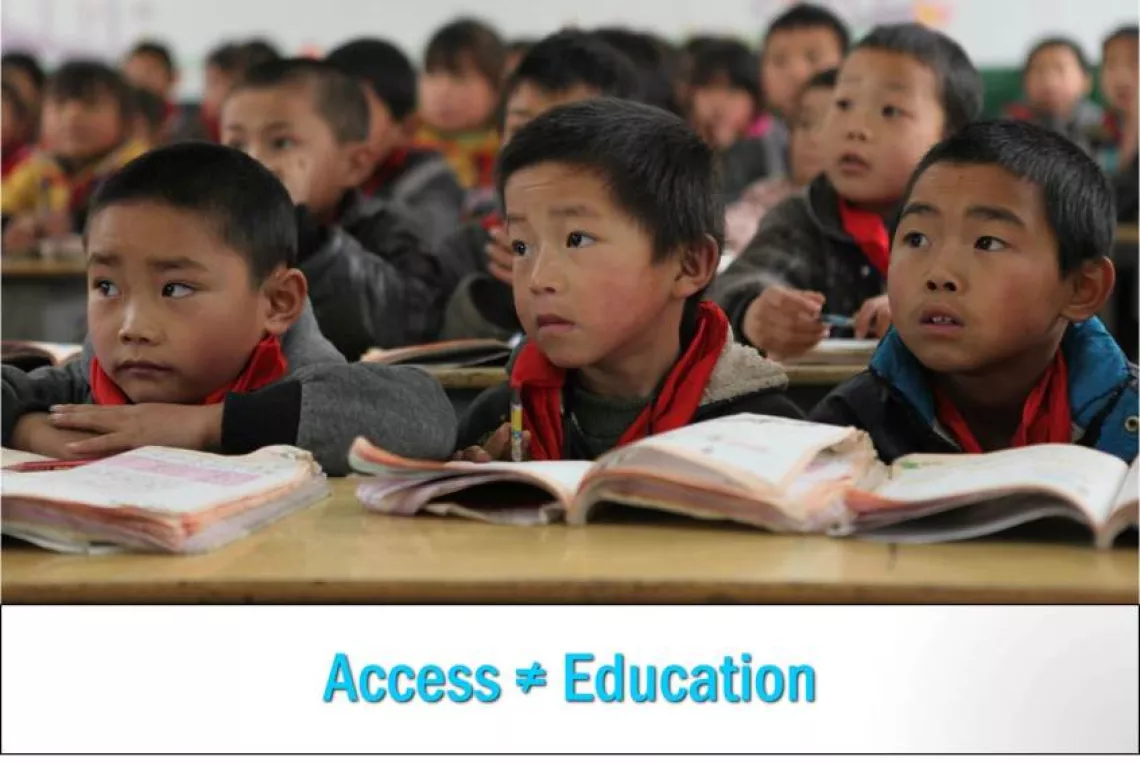
Far too many children are in school but are not receiving a good quality education, especially in remote, rural and poverty stricken communities. For some of these children school can be a challenge.
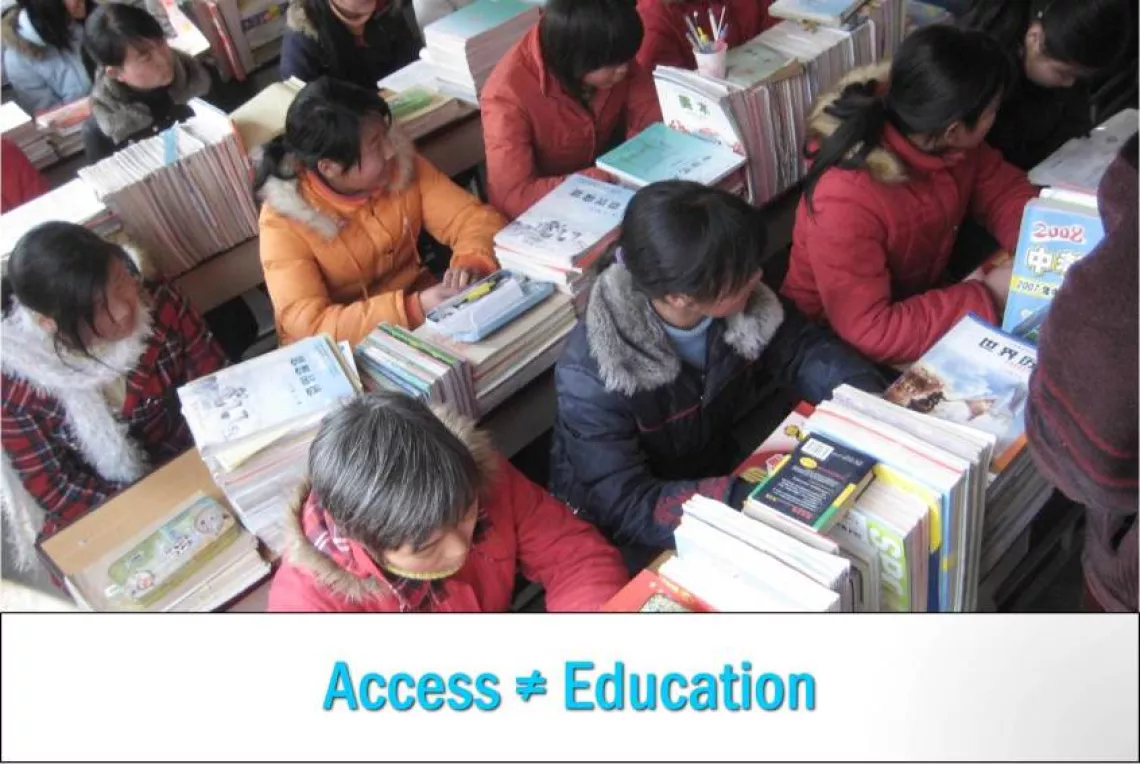
A place where boys and girls may not always have the same opportunities, where basic sanitation and hygiene facilities are missing and where teachers are poorly trained and equipped. These children face many obstacles, but it is only when schools take into account the circumstances of their students, that they can begin to succeed.
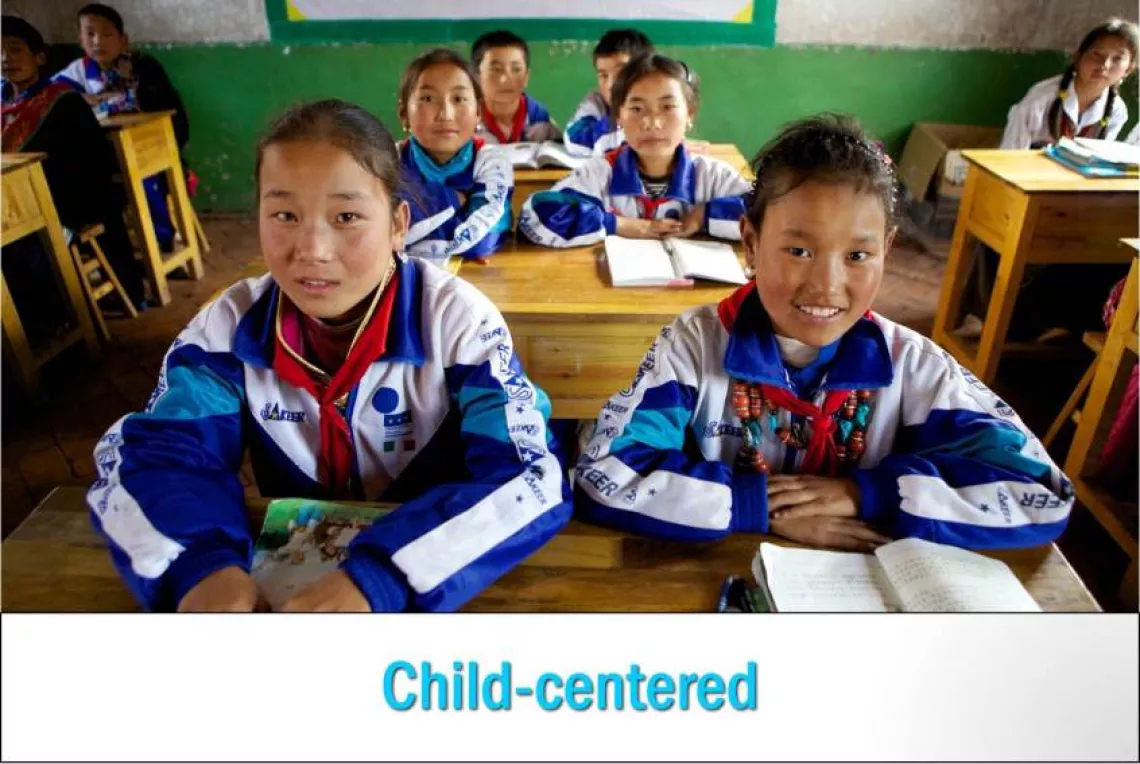
Quite simply a Child Friendly School is one where the best interest of the child guide every activity. It is surprising how often children are not the primary consideration in the operation of schools.
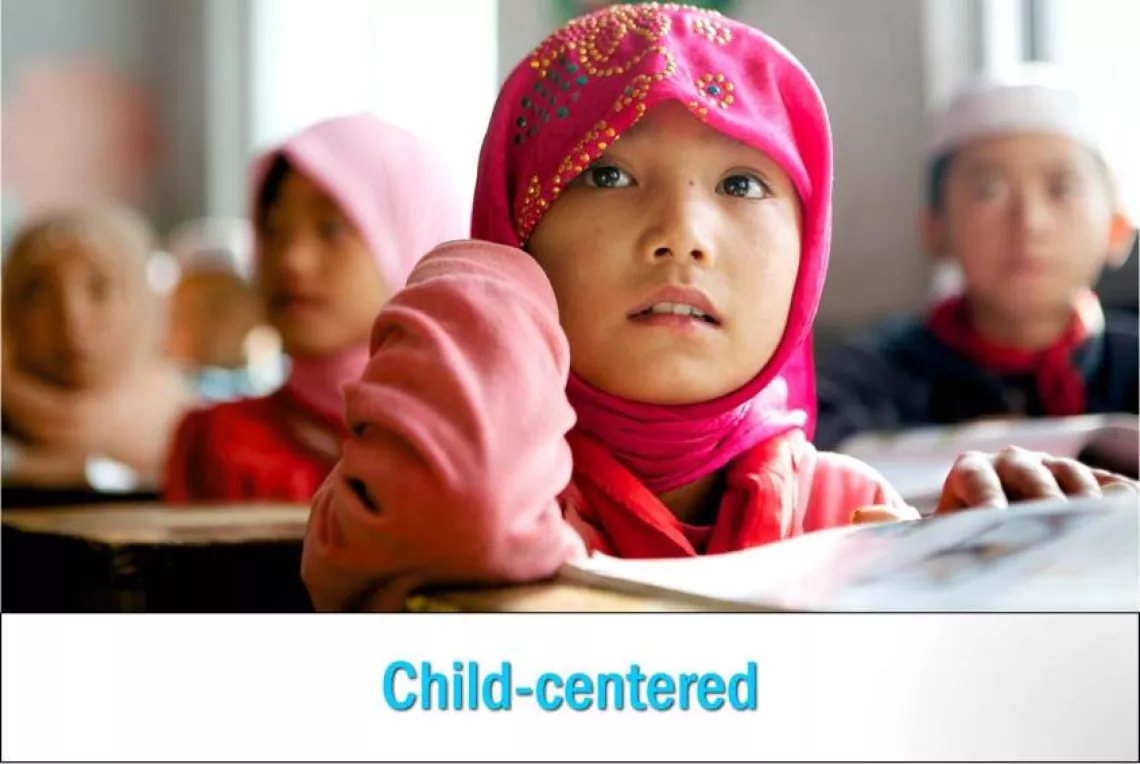
Substantial evidence now shows that when the “best interests of children” guide school environments children benefit significantly.
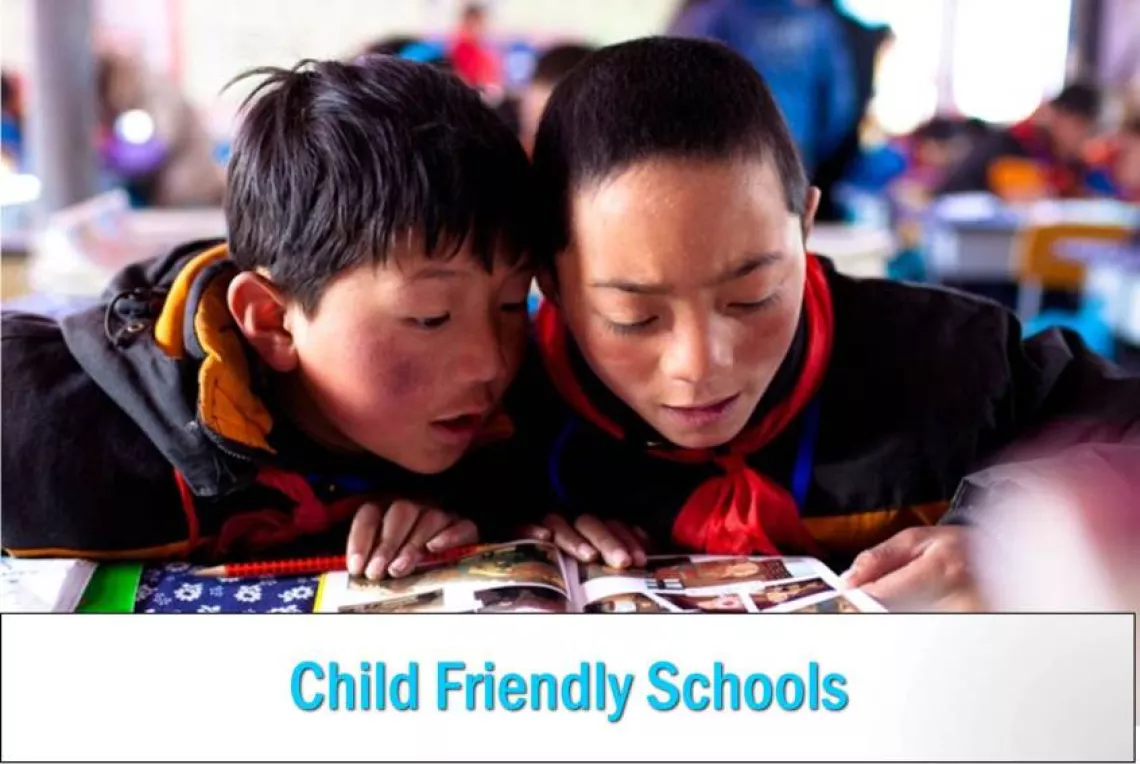
So what are the key signs of a Child Friendly School? There are four “dimensions” to understand.
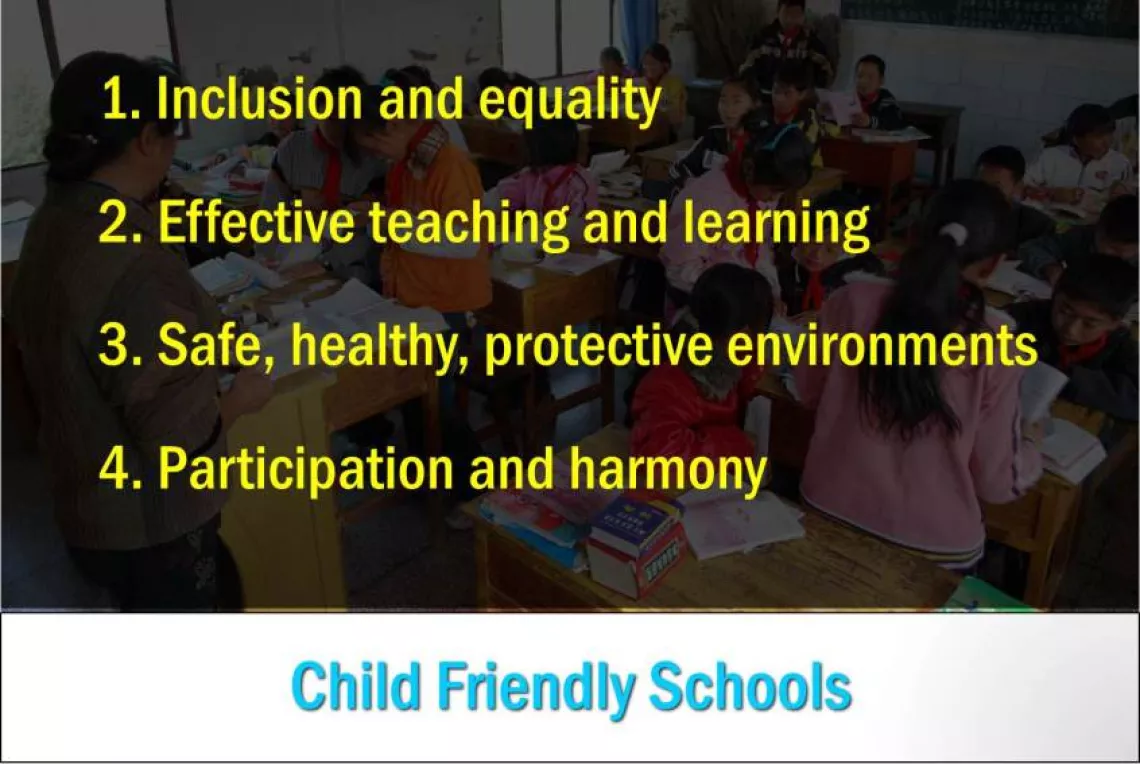
The four dimensions are:Inclusion and equality, Effective teaching and learning, Safe, healthy and protective environments and Participation and harmony.
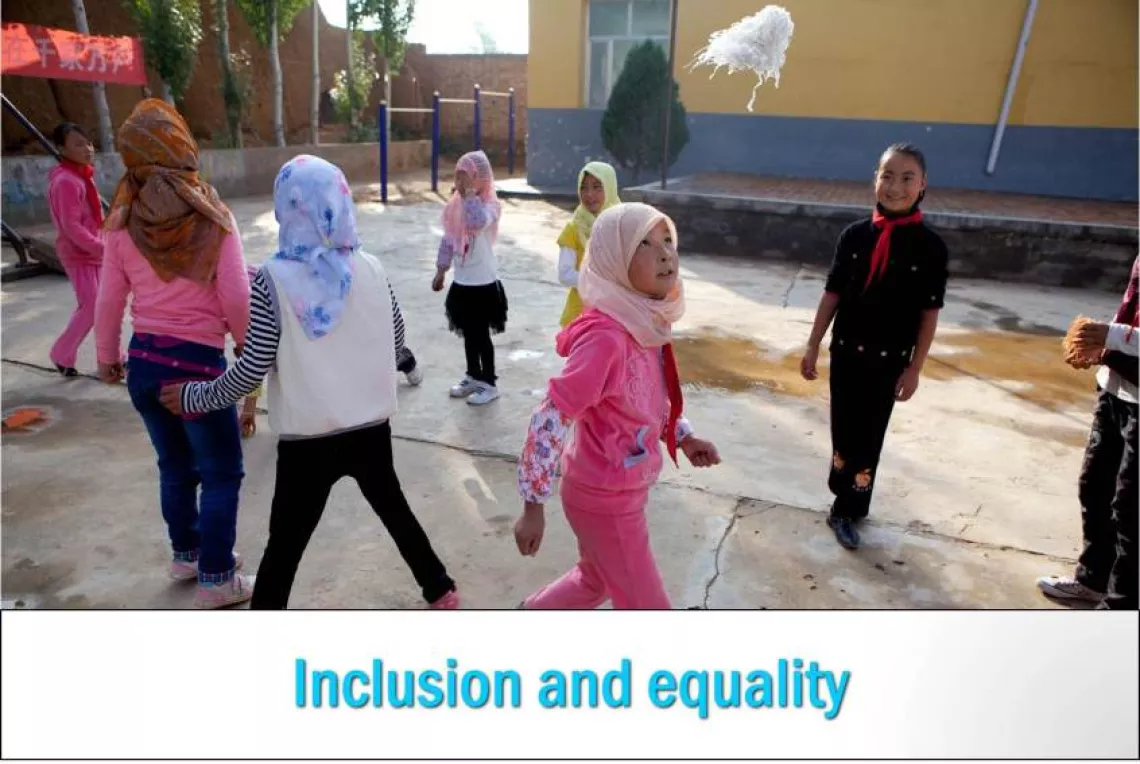
Inclusion and equality means that all children in the school receive the same treatment, gender balance, no favoritism, respect for every form of diversity and protection of all children’s rights.
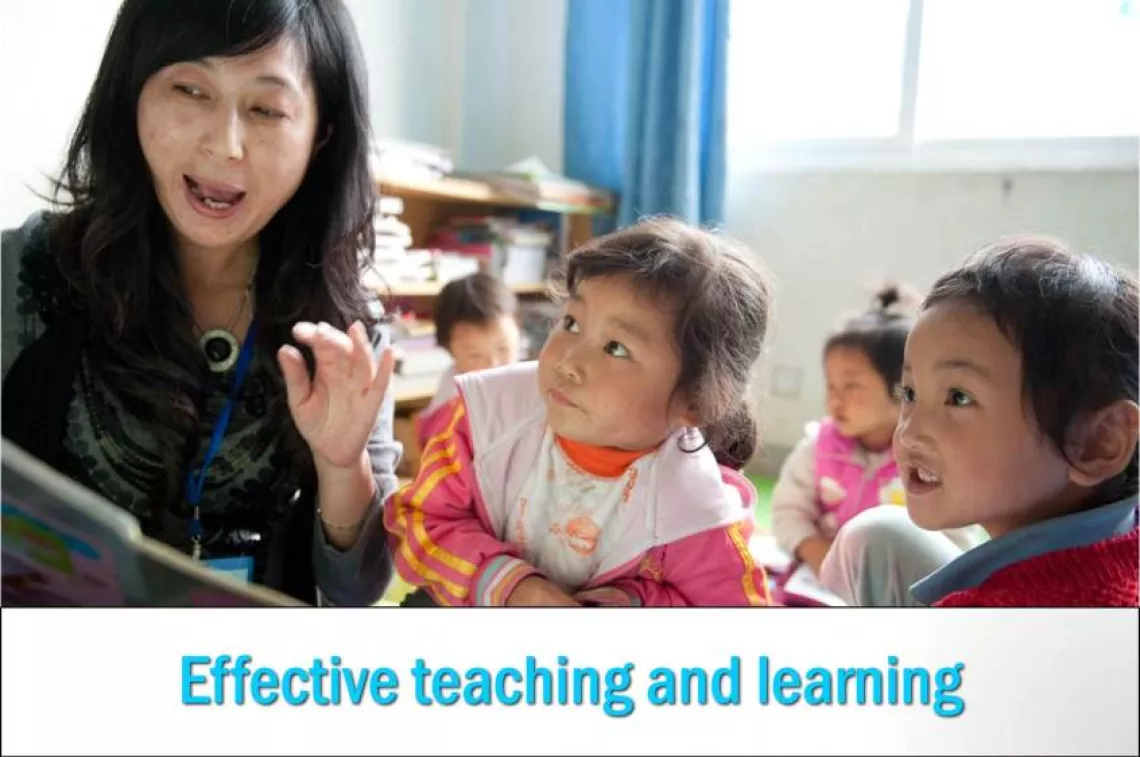
Effective teaching and learning means that teachers are devoted to their children’s progress, instruction focuses on the needs and capacities of the child; education takes into consideration the integrated developmental needs of the child and teachers are well supported.
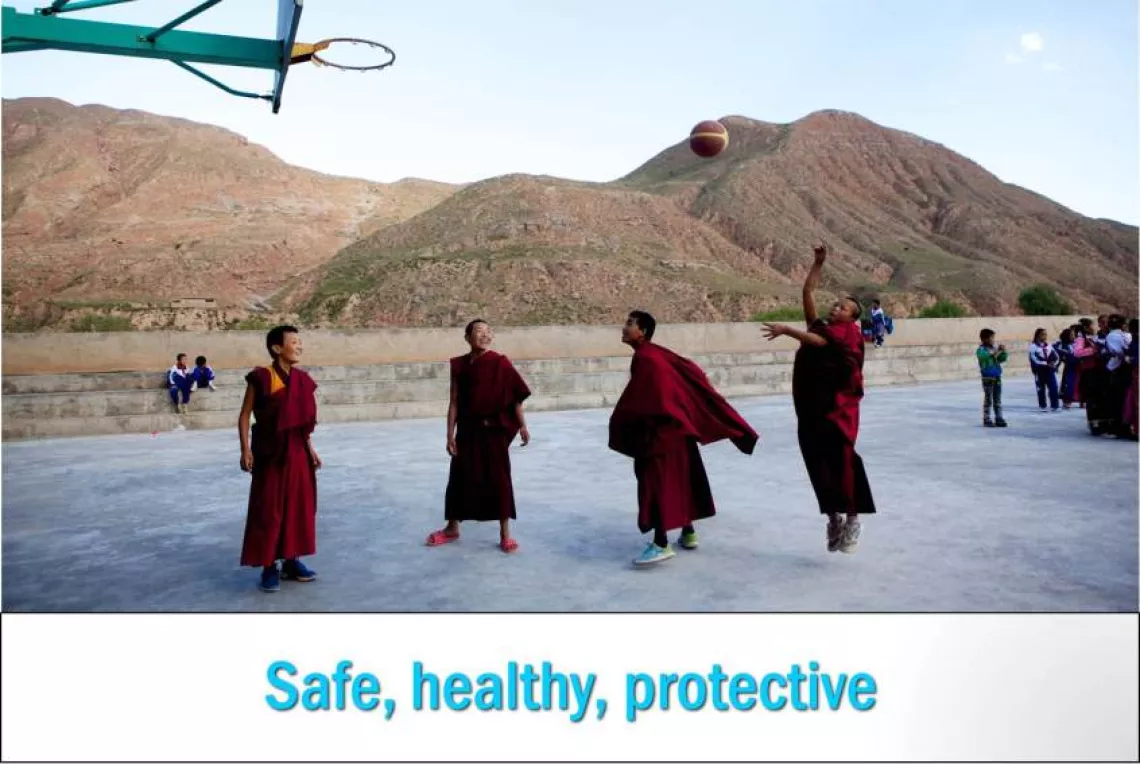
Safe, healthy and protective environments means creation of a physical space that is sanitary and hygienic, conducive for learning, where the school respects and maintains the environment and where quality physical education takes place.
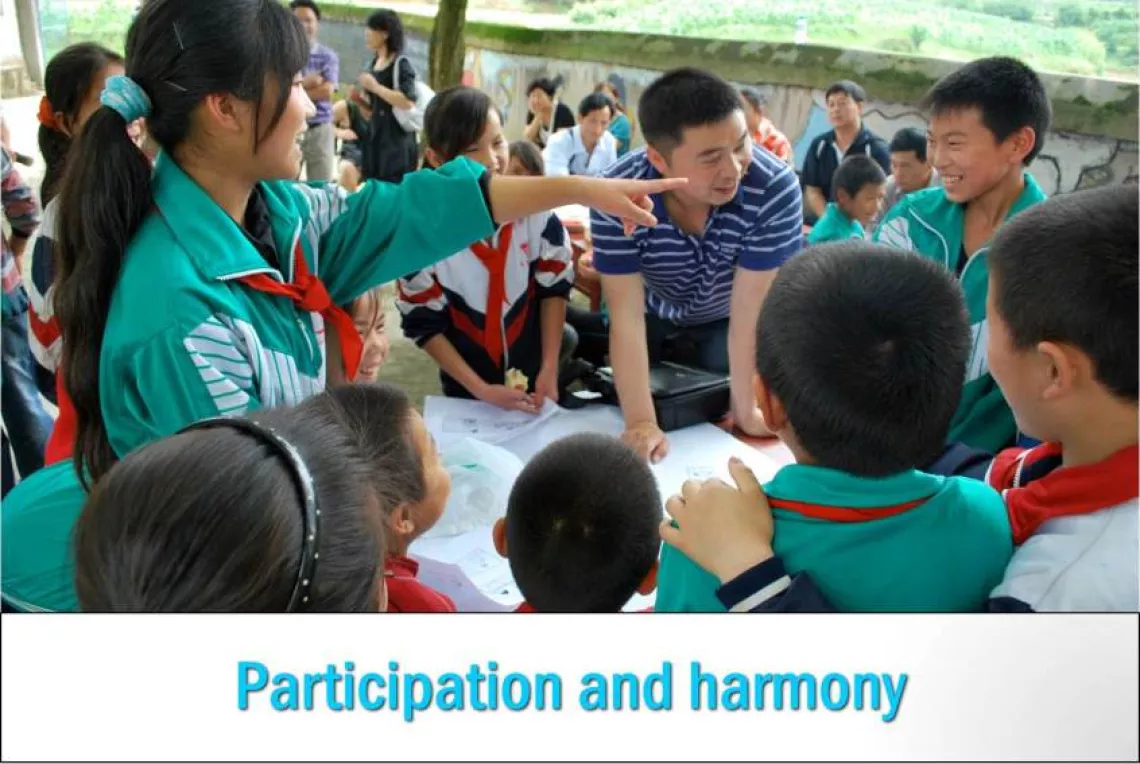
Participation and harmony means that students’ points of view are taken into consideration, teachers and students work interactively and parents and family are involved in school life.
But Child Friendly Schools cannot become the norm unless there is broad based values change related to education. Everyone with a stake in schools: parents, teachers, administrators, policy makers, grandparents, government leaders at all levels, the media, civil society groups and children themselves, must understand that their joint efforts can help make schools more child friendly.


